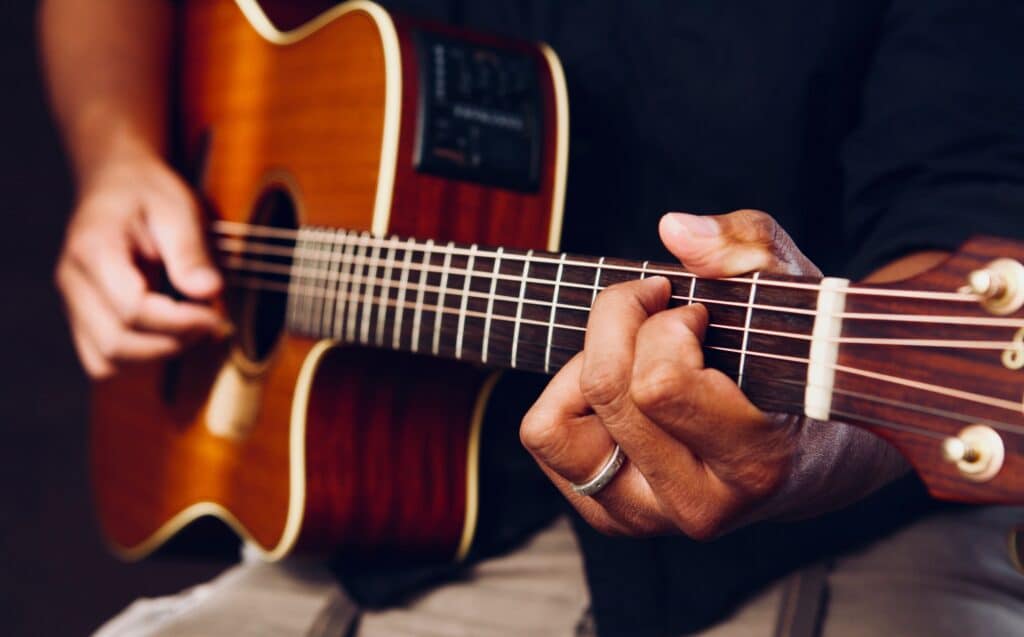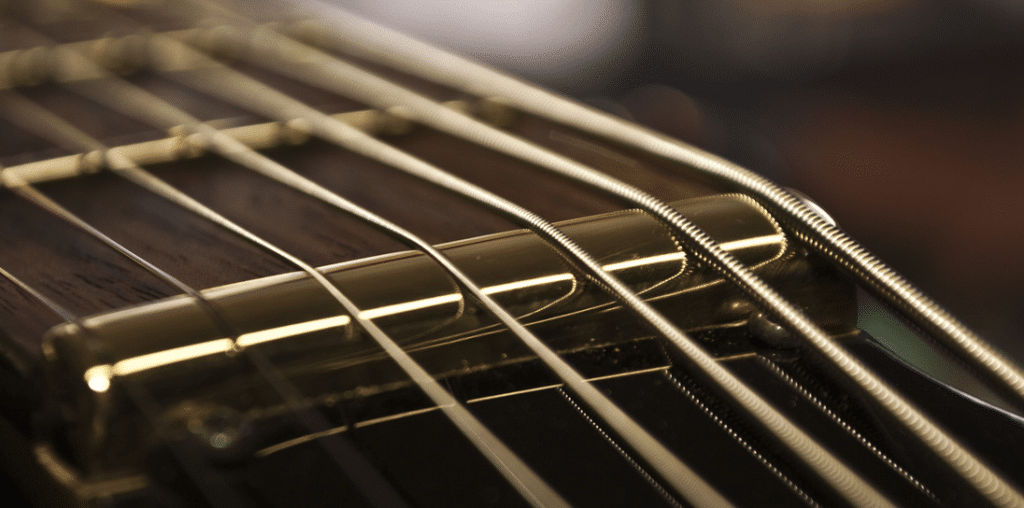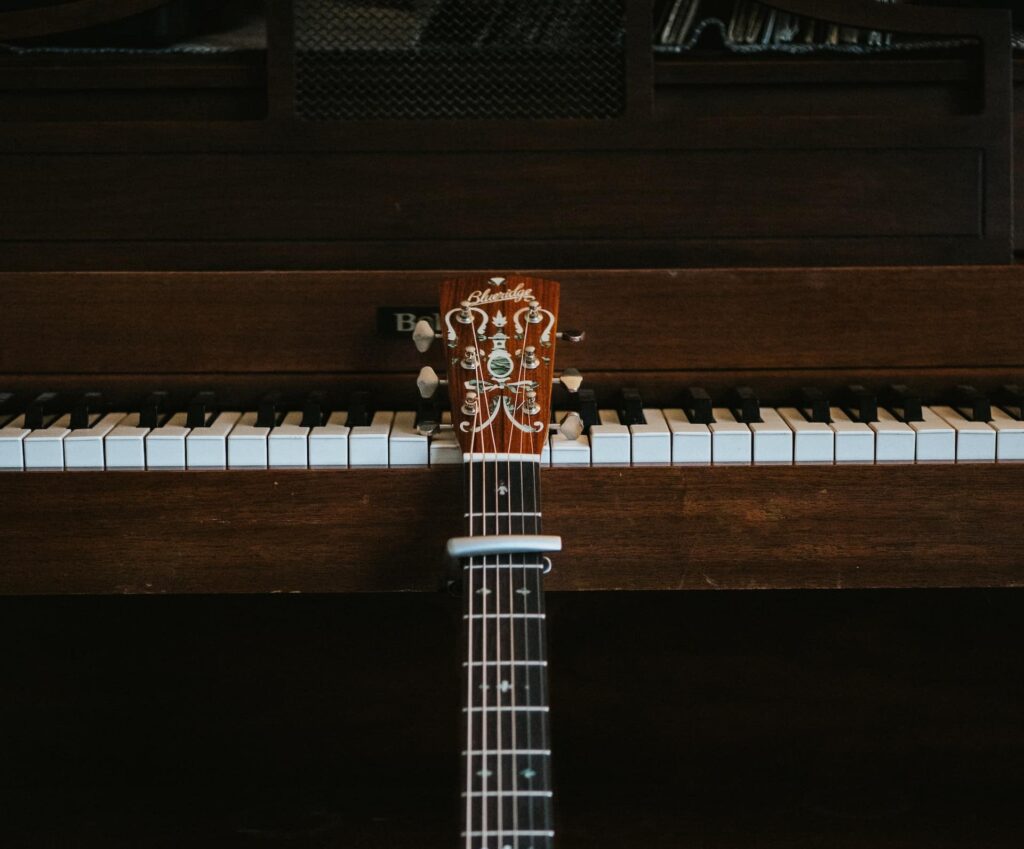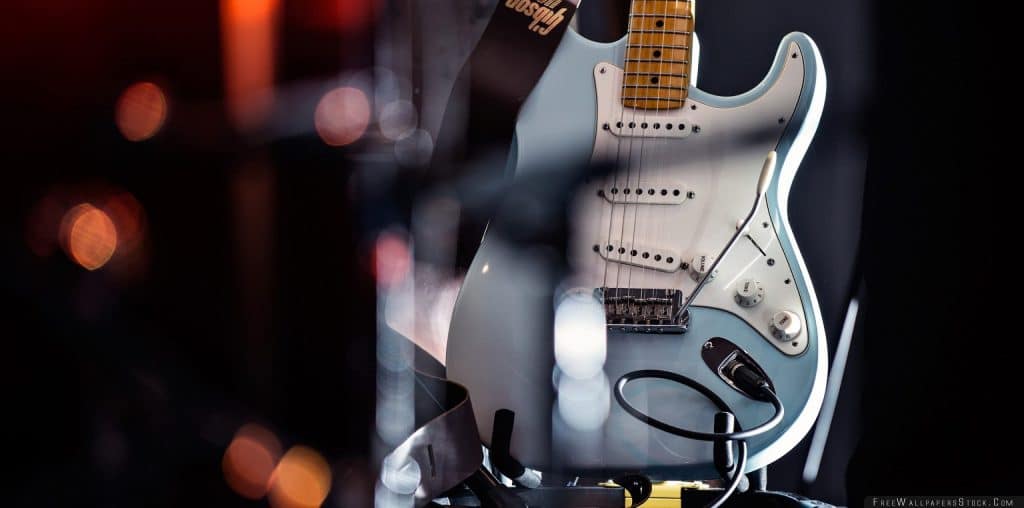Ibanez brand and series explained
Beginning first off as a Spanish brand—selling all kinds of musical instruments—the Ibanez name was then bought out by the Japanese.
From 1908 to 1957, the company began experimenting with various strings, necks, body works, and design. After their shape took off, the 70’s and 80’s was when Ibanez became really popular. Nowadays it’s one of the leaders of the industry producing the best quality instruments which are on par with Fender and PRS guitars.
Acoustic vs electric Ibanez guitar – you decide
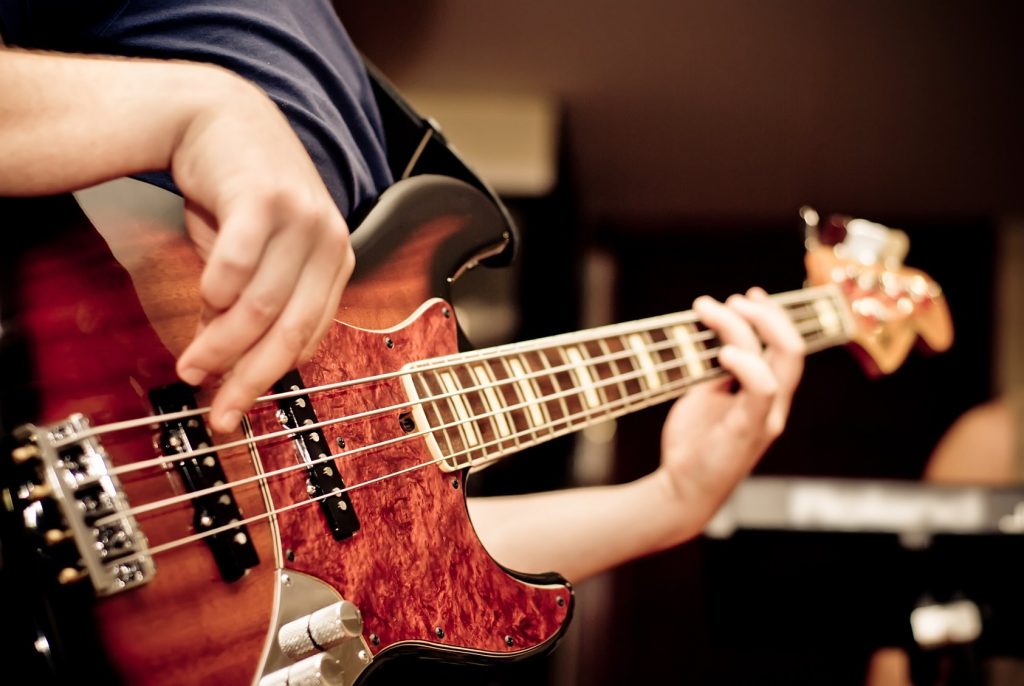 Depending on what kind of sound you want to produce, Ibanez has got you covered.
Depending on what kind of sound you want to produce, Ibanez has got you covered.
An acoustic, on one hand, is going to be much more affordable than an electric—and is also much easier to learn on.
However, especially if you are smaller fingers, the smaller body, thinner neck, and lighter strings make electric guitars much easier to play—if they are adjusted correctly.
Since the acoustic guitars have much thicker and heavier strings, you’ll have to work a bit harder to be able to pluck them.
Although one guitar is not better than the other—don’t worry that the guitar you learn on is going to be the only one you play on for the rest of your life—that is simply not true.
Price tag
As we just mentioned, an acoustic guitar is naturally going to be much cheaper (or more affordable) than an electric one. Not only in itself as guitar, but you also don’t have to invest in an amplifier or extra accessories with an acoustic. An electric Ibanez guitar can be found at an affordable $200 price, which is perfect for beginner guitarists. The deluxe signature collections may cost more than $2000, but the sound and quality are beyond excellent!
Maintenance tips
Once you’ve finally decided to purchase a guitar, maintenance is going to be extremely important to help it reach it’s life’s capacity and warranty. Here are a few tips you can do to help keep its life in check:
- Always wipe your strings down after playing time. You can use an old cloth t-shirt so you cannot scratch them. You can also use that cloth scraps to clean the neck and body—just add a little guitar polish.
- When not in use, store your guitar standing—in its case. This will help your guitar to avoid collecting dust.
- To take away dust from the knobs and switches, simply flip them a couple of times. This will help wedge out dust and other particles from in those creases.
The following features will help you choose an ideal Ibanez guitar
Finally, you’re going to be choosing the best Ibanez guitar for your style and guitar-playing level. Here are the top features that you need to look out for when picking the best to buy:
Consider the body type
Before you jam, consider the body type of your guitar. With the body type, you should not just close your eyes and point.
There are three types of guitar bodies to choose from and its characteristics will truly make a difference in your playing style:
- Solid Body: Found as the most common type in an Ibanez guitar, solid body guitars can be configured and designed to not only be featured as a simple model but also a single-pickup model, as well. You can also find this solid body build in an ornately-figured and decorated, multi-pickup instrument, like the Ibanez AW54CEOPN.
- Hollow Body: If you want that sound that sticks around for a little while, the hollow body design will normally have the arch top to get you the deep bass you’re looking for, with full, smooth tones throughout your melody.
- Semi-Hollow Body: If you’re looking for something in between, this semi-hollow type will have more resonance than the solid but less feedback than the full hollow. This is a type of guitar that is found across a broad range of different music types.
Tone/Wood
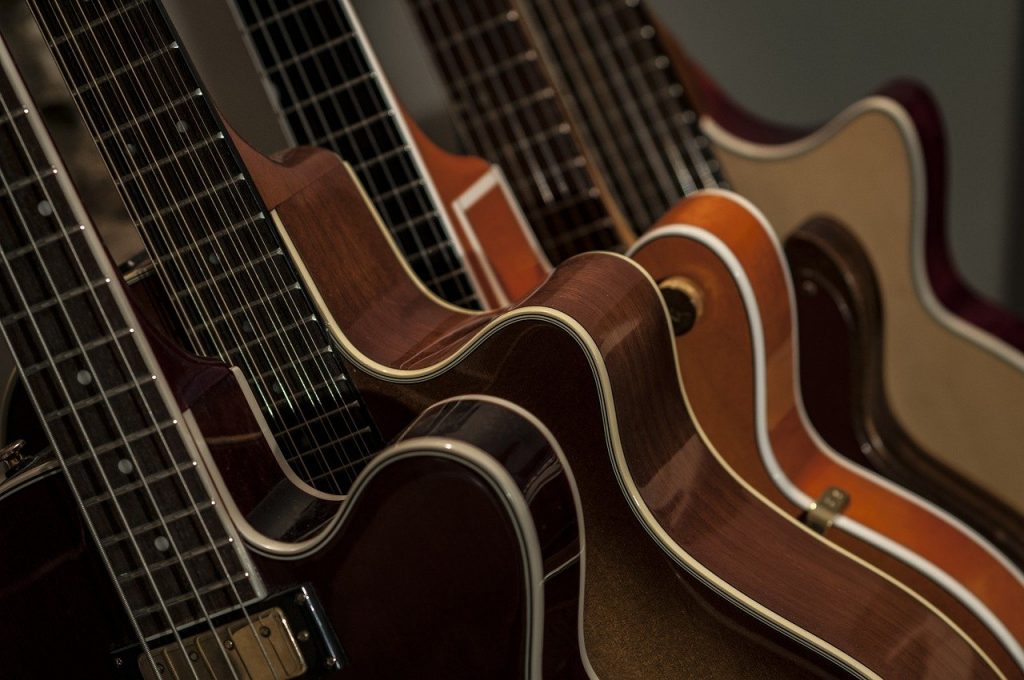 The quality, sound, and overall experience of the guitar will depend a lot on the type of wood it’s built with. However, the wood of the guitar is not just limited to the body. It also might be different at the neck and at the fingerboard.
The quality, sound, and overall experience of the guitar will depend a lot on the type of wood it’s built with. However, the wood of the guitar is not just limited to the body. It also might be different at the neck and at the fingerboard.
Here are a few of the woods present on our list of guitars:
Basswood: The Ibanez JS24P is designed with this affordable body wood. It can be found in budget-friendly options or choices for beginners. If you are looking for a warmer tone, this is the wood you want.
Bubinga: The Ibanez RG420HPAH is designed with a neck made of Bubinga, which hails from South Africa. The neck of this guitar is pretty heavy and finished transparently for a unique look.
Maple: Found in both the Ibanez RG420HPAH and the Ibanez Gio GRX70QA, this classic body wood choice is harder and heavier, but still produces a bright tone. This kind of wood is found in the United States and Canada.
Mahogany: Found on the body of the Ibanez AW54CEOPN gives you a rich, full low-end sound.
Ebony: Designed on the fretboards of the Ibanez LGB30 and the Ibanez RG420HPAH, this fretboard works well with a mahogany neck. You’ll be able to spread brightness in your sound. The visual appeal of ebony is also made of tight grain, from light brown to black.
Rosewood: The Ibanez GRX20ZBKN, and the Ibanez AW54CEOPN are all designed with a fretboard made of Rosewood. You’ll get a smooth feel and a warm tone.
Sonokeling: East Indian rosewood.
Electronics
For an electronic guitar, there are a few features that you’ll need to have:
- Output Jack: One of the most important parts—without it, the guitar cannot be plugged into the amp.
- Pick-ups: You will notice a range of pick-ups, from one to four of them behind the strings. They are needed to produce that electric signal and pick-up the sound so it can head off into the amp.
- Volume Knobs: Especially if you are living with someone, being able to adjust the volume is a huge necessity.
- Selector or Cut-off Switch: With these, you can choose between playing through an individual pick-up or not.
Bridge
When it comes to guitars, there are two different bridge types. You can either invest in the:
Fixed Bridge: Offering stable tuning that is non-adjustable.
OR
Tremolo: A whammy, vibrato or tremolo bridge can leave your strings de-tuned since all strings can be bent at once.
Scale length
Most scale lengths for guitars will run at 25.5”, however, the Ibanez SR506E runs at a scale length of 34”. This means that the longer the scale length is, the longer the string will vibrate. However, if you are a beginner—or have shorter fingers, you’ll want a guitar that doesn’t have its notes too far apart from one another.
Fretboard and frets
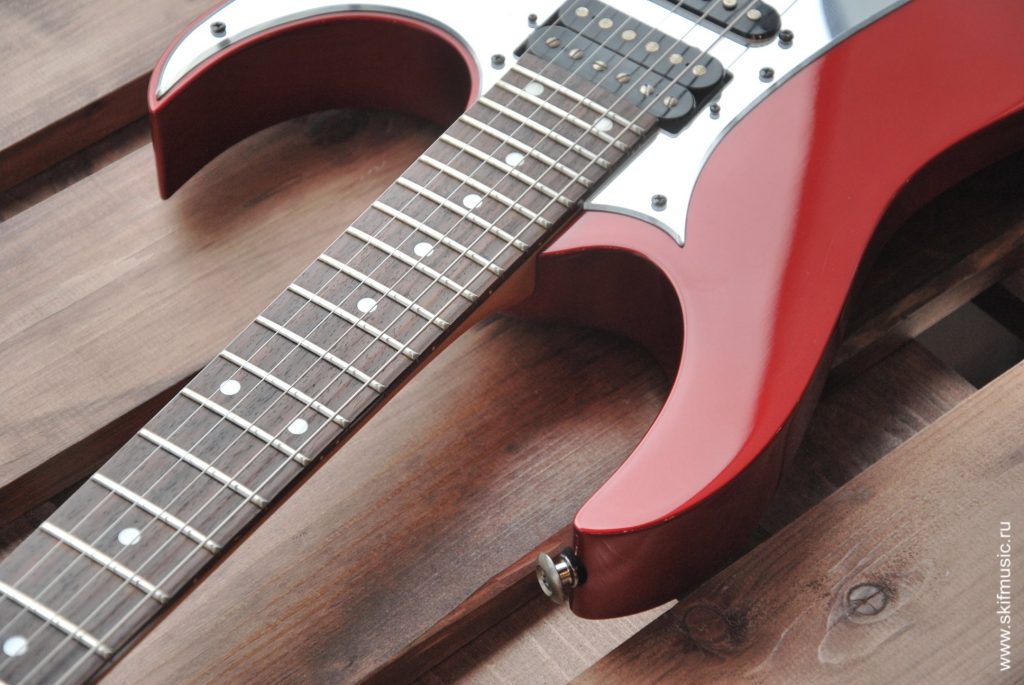 Especially as a beginner, you might not be too familiar with all the different parts of a guitar. However, familiarizing yourself with the different parts—like the frets—is essential to the learning process.
Especially as a beginner, you might not be too familiar with all the different parts of a guitar. However, familiarizing yourself with the different parts—like the frets—is essential to the learning process.
The frets of a guitar are the bars you see lined up on the neck. They are used to separate the notes and will help you find each note while playing. The guitars on this guide have around 20 to 24 frets (like the Ibanez RGA42FM). The higher the frets, the more suitable the guitar is for playing rock or heavy metal.
Grip and weight
The weight of the guitar—especially if it’s going to be sitting around your neck and shoulders held up by a strap makes a huge difference with playing experience. The Ibanez AW54CEOPN, for example, is one of the lightest weighing guitars on the market, weighing only 4.5 lbs! The average guitar on our list weighs in around 15-20 lbs, so 4 lbs is a steal!
Strings
With more affordable guitars, the compatible strings may seem a little bit cheaper. However, Ibanez offers high-quality guitars—along with their strings—for affordable prices. Most of the strings coming with the purchase are fine enough to play right away, of course, after you’ve tuned your guitar.
Accessories
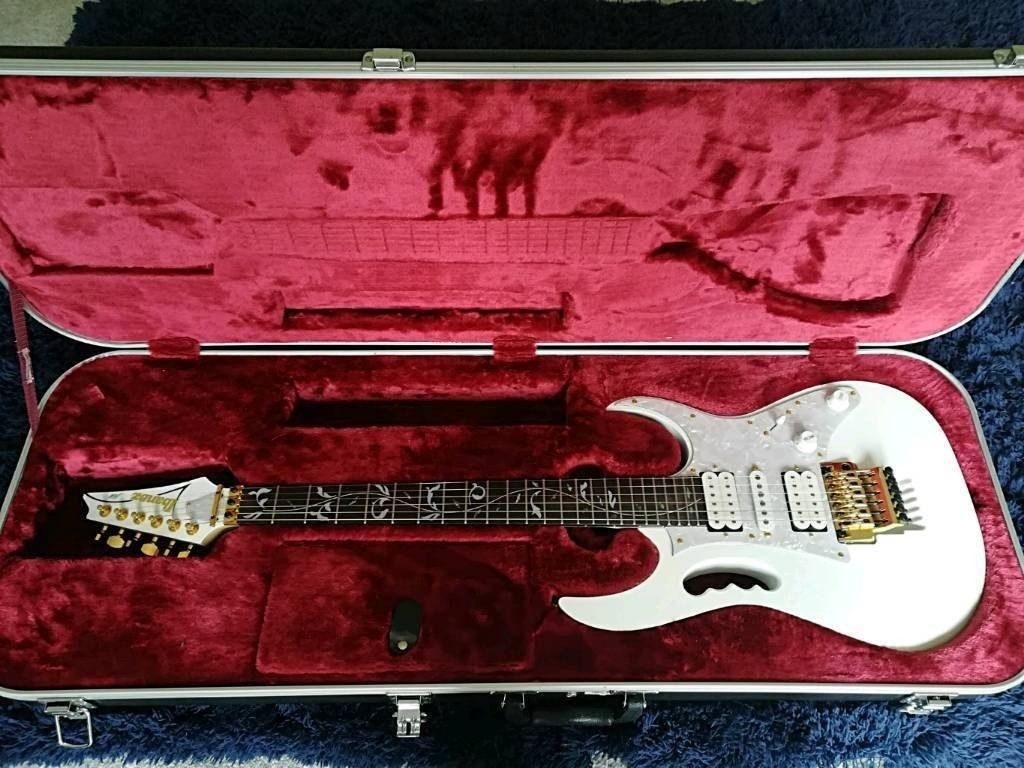 Whether you’re a beginner or not, some of these guitars like the Ibanez RGA42FM, comes with an extra guitar cable or another accessory that is useful with later upgrades.
Whether you’re a beginner or not, some of these guitars like the Ibanez RGA42FM, comes with an extra guitar cable or another accessory that is useful with later upgrades.
Unfortunately, most of these guitars don’t come with the hard case included, so that is definitely one accessory you may want to consider buying. Other accessories also include picks, a guitar strap, and an electronic tuner.
Warranty
When the manufacturer is based in the U.S., Ibanez is backed by Hoshino USA coverage, which ensures the first, shipping part guarantees you’ll get the product as it was made—without defects.
Each of these guitars then comes backed by a limited 1-year warranty on all parts. However, if you decide to upgrade your guitar concerning its parts, be aware that the warranty won’t include the new parts.






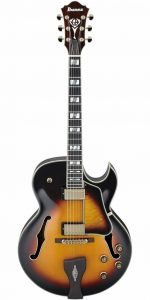
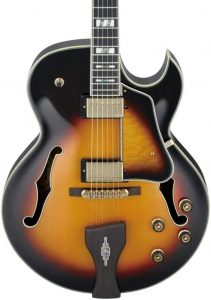
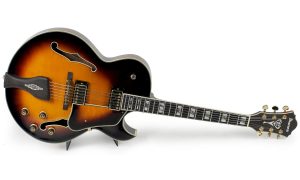
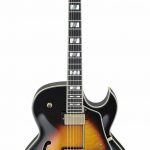
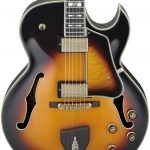
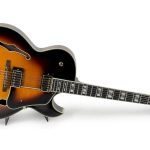

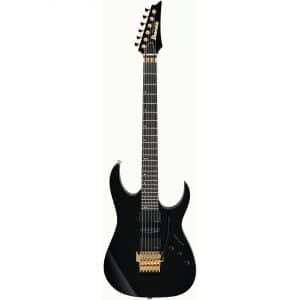
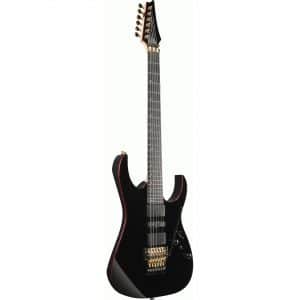
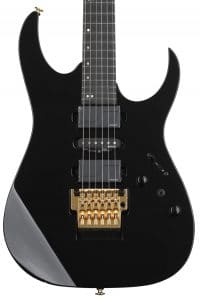


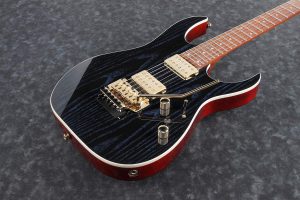
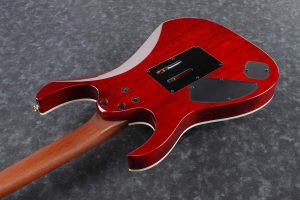
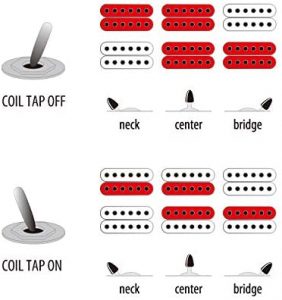
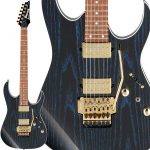

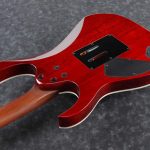
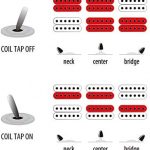

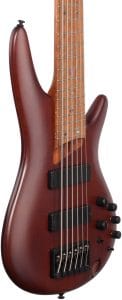
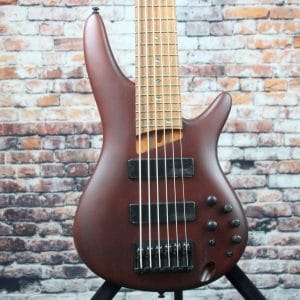
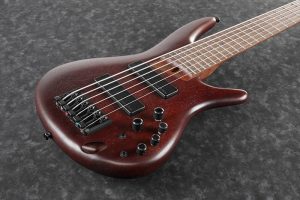
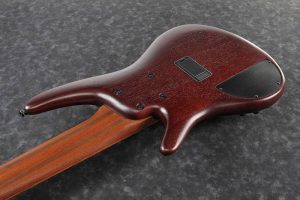
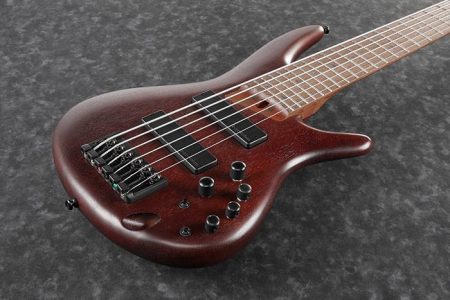
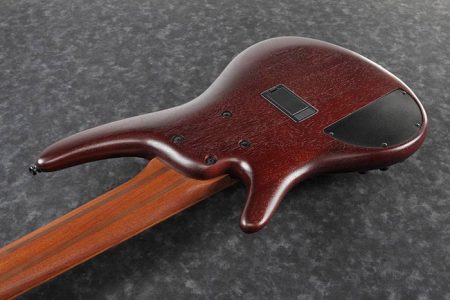




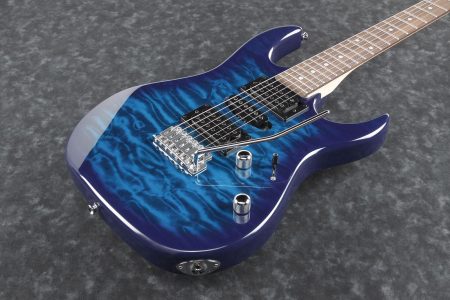
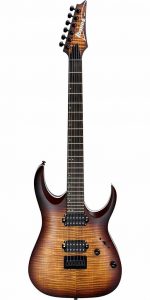
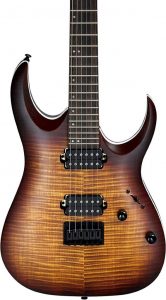
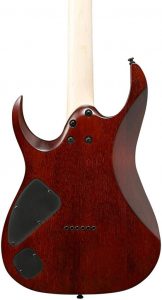
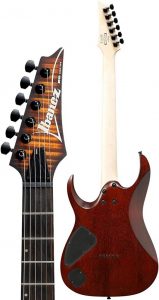
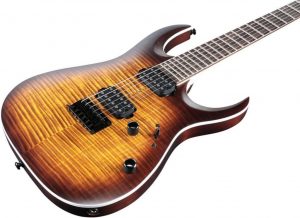
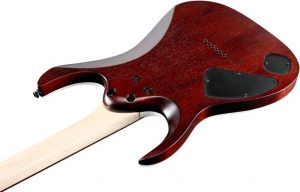
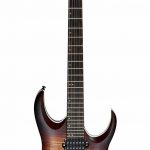

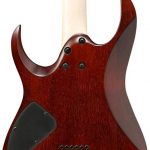
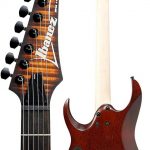
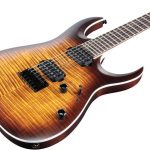

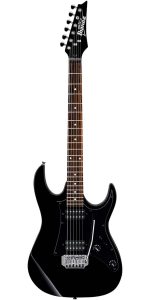
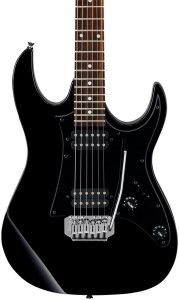
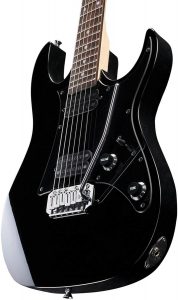
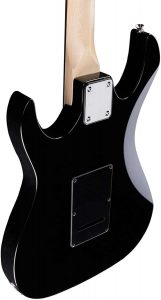

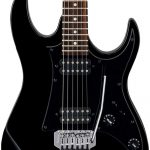
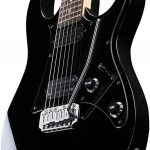
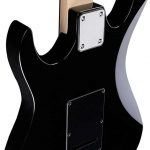
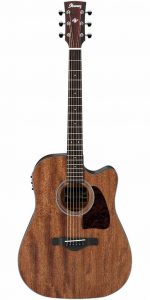

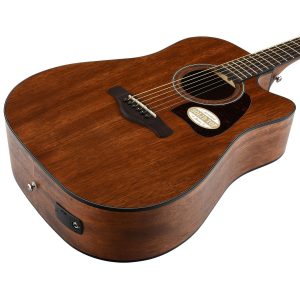

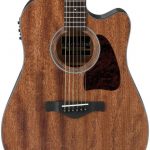
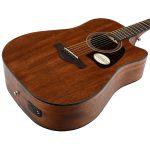
 Depending on what kind of sound you want to produce, Ibanez has got you covered.
Depending on what kind of sound you want to produce, Ibanez has got you covered. The quality, sound, and overall experience of the guitar will depend a lot on the type of wood it’s built with. However, the wood of the guitar is not just limited to the body. It also might be different at the neck and at the fingerboard.
The quality, sound, and overall experience of the guitar will depend a lot on the type of wood it’s built with. However, the wood of the guitar is not just limited to the body. It also might be different at the neck and at the fingerboard. Especially as a beginner, you might not be too familiar with all the different parts of a guitar. However, familiarizing yourself with the different parts—like the frets—is essential to the learning process.
Especially as a beginner, you might not be too familiar with all the different parts of a guitar. However, familiarizing yourself with the different parts—like the frets—is essential to the learning process. Whether you’re a beginner or not, some of these guitars like the
Whether you’re a beginner or not, some of these guitars like the 




